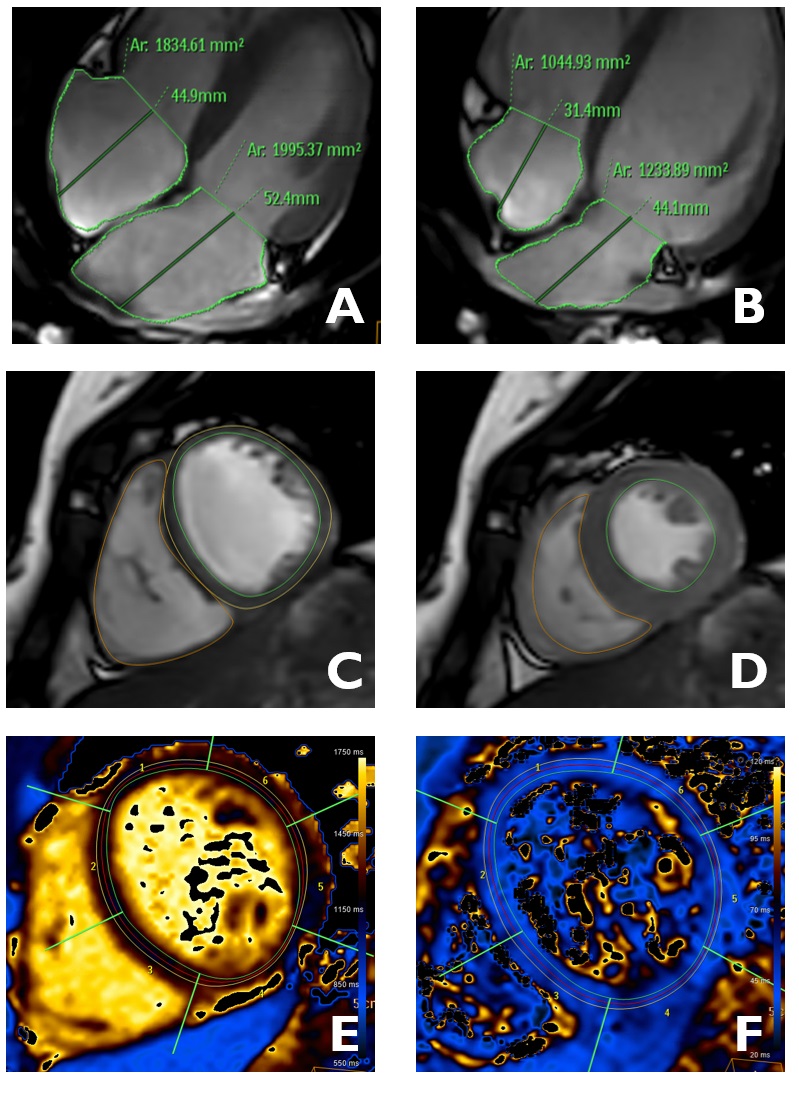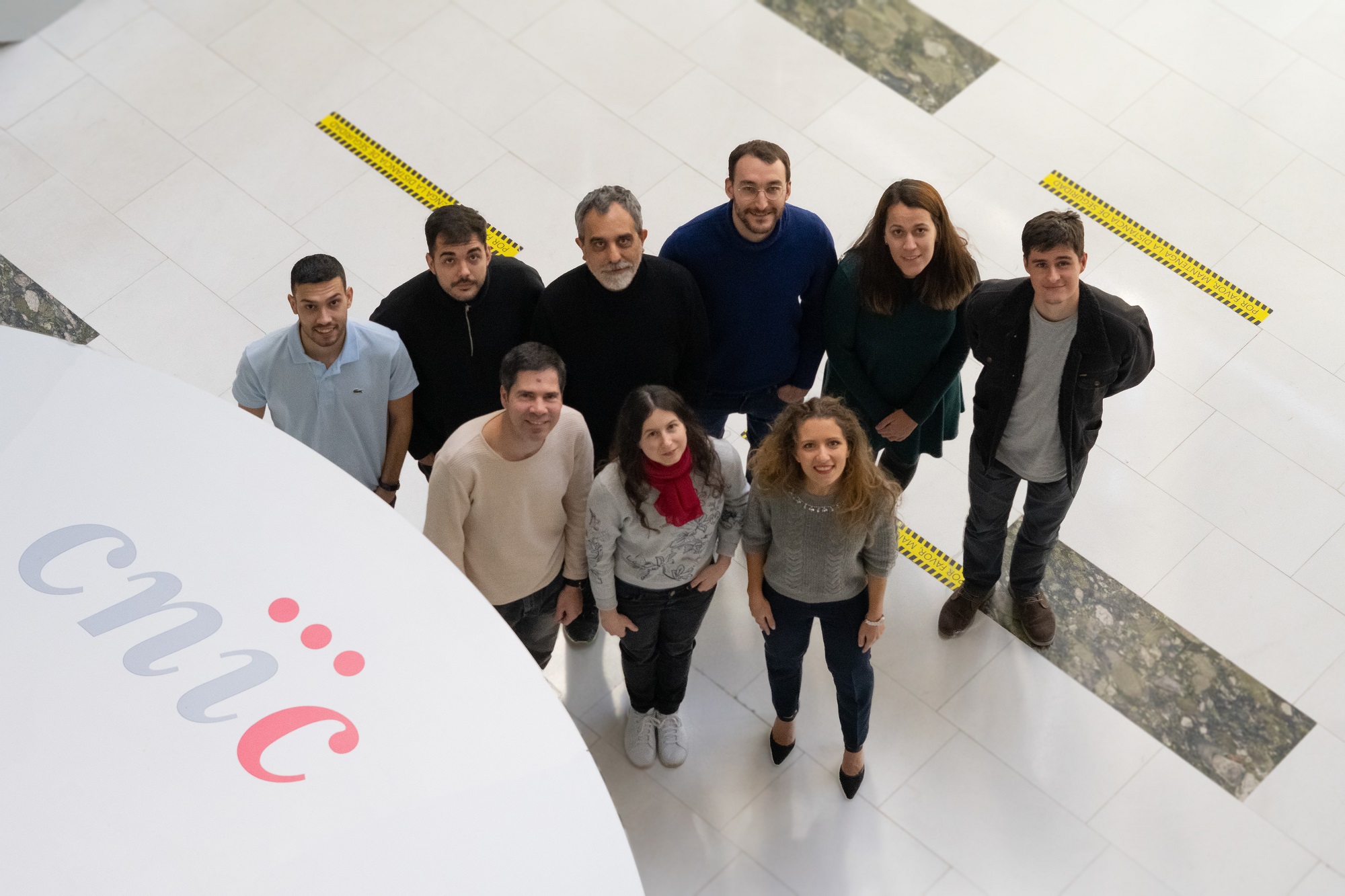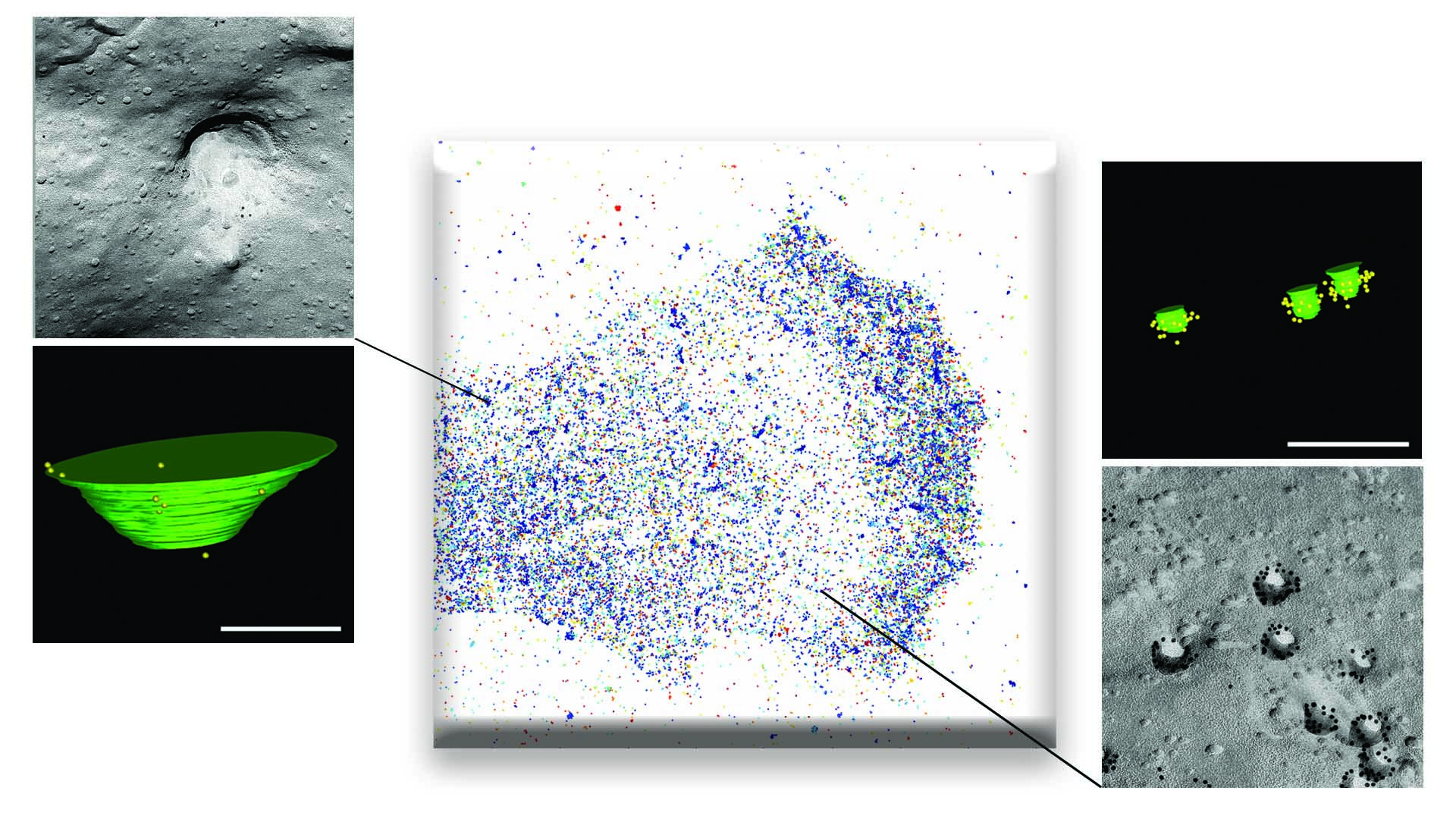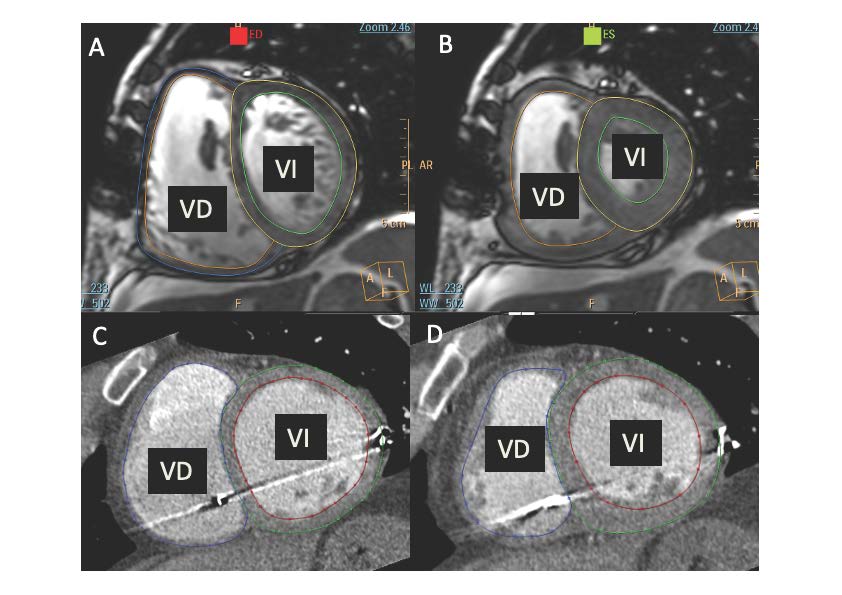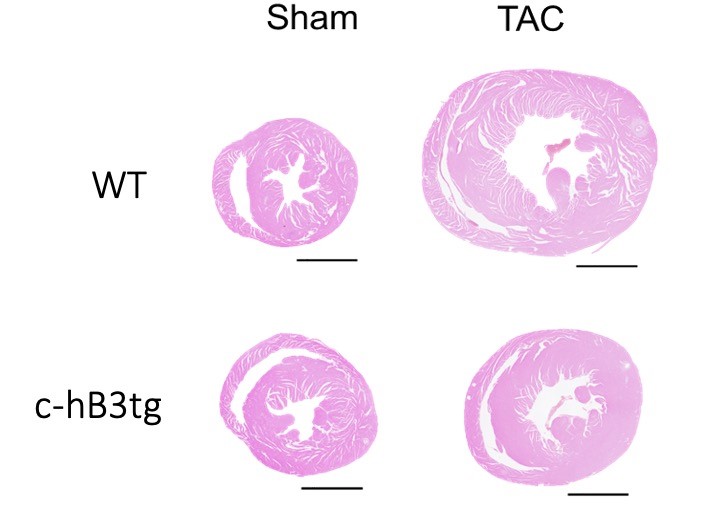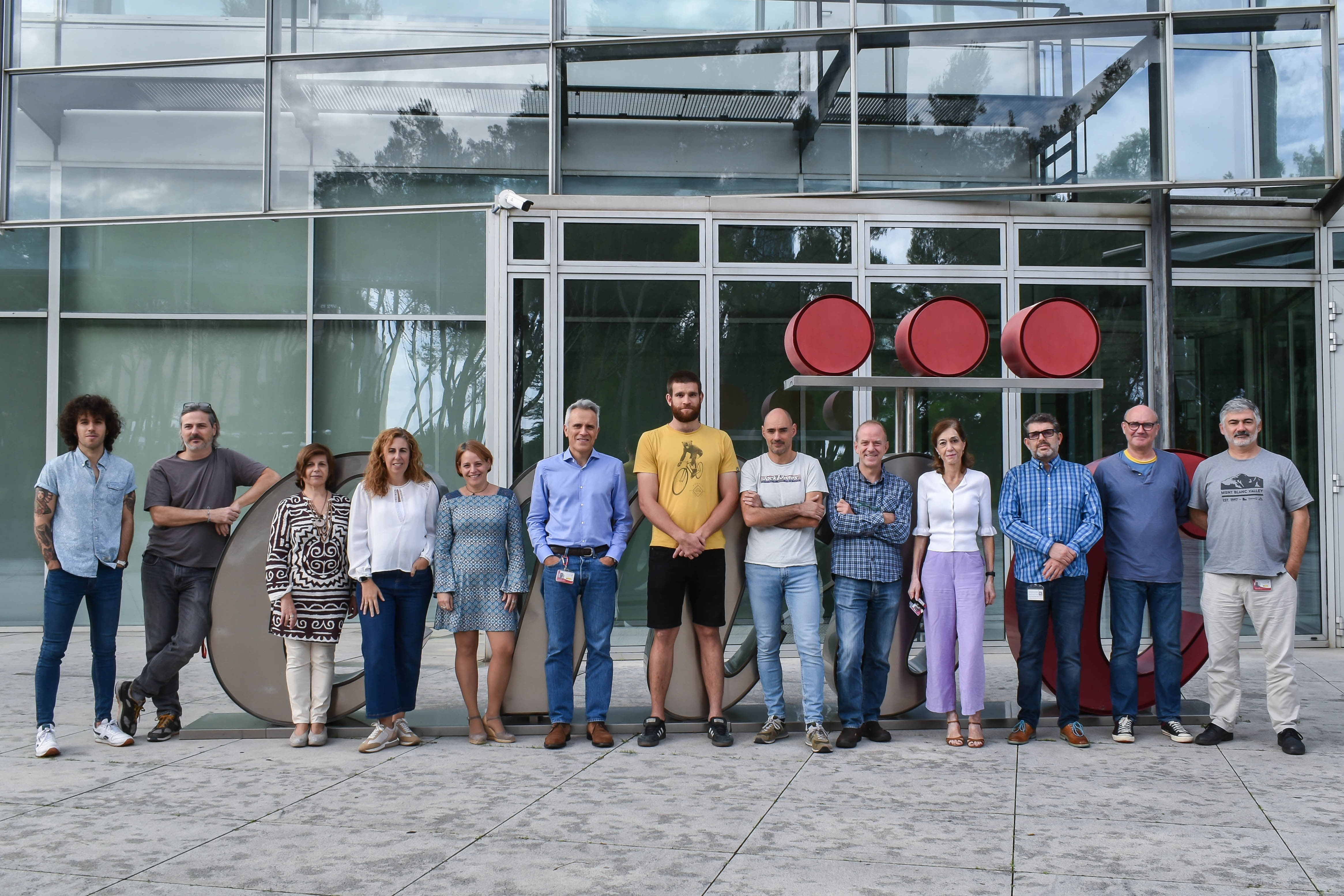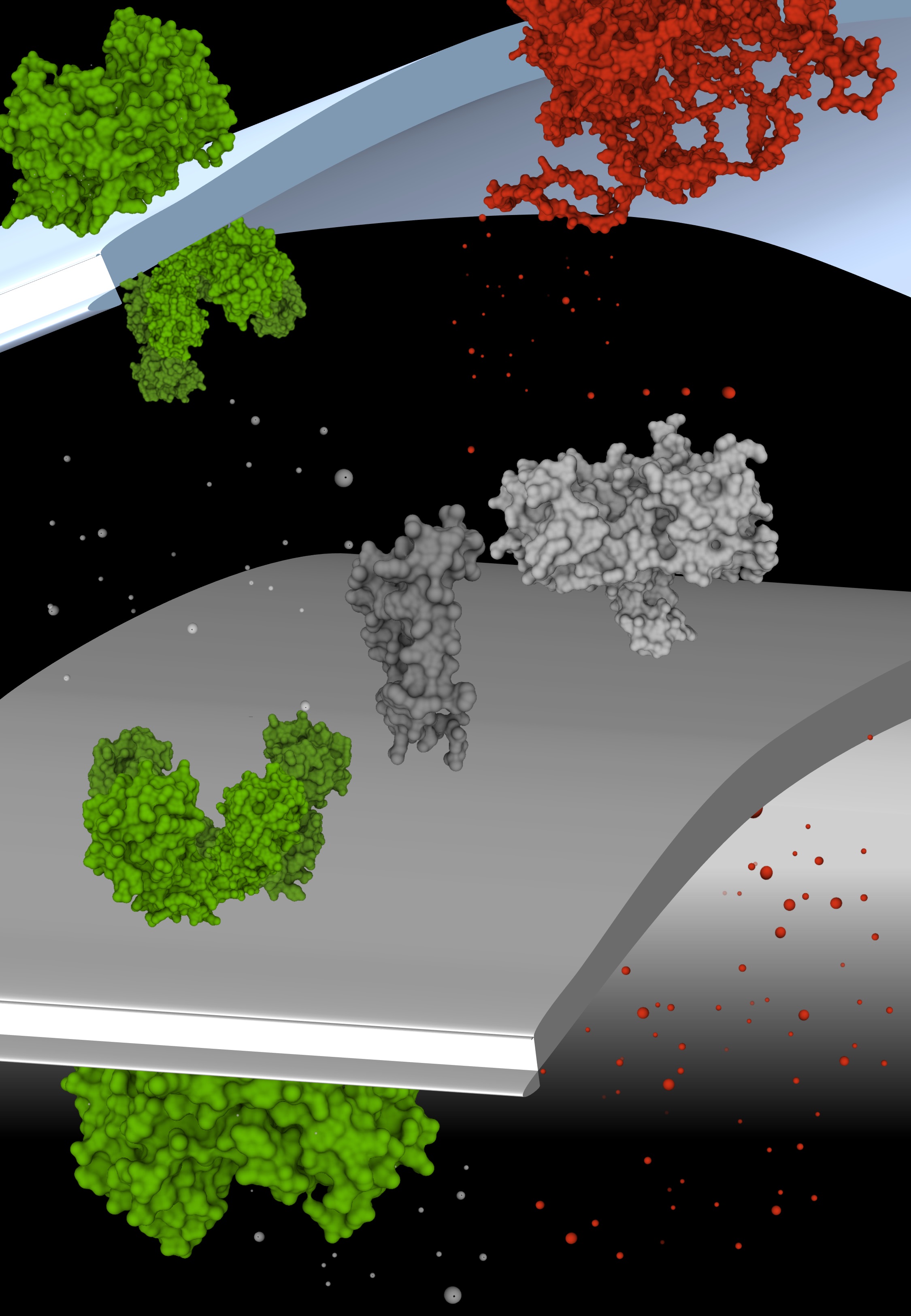News search
|
Research 21 May 2023 The team led by Dr. Pablo García-Pavía, based at the CNIC and Hospital Puerta de Hierro, has published the first study of a drug able to remove amyloid deposits from the heart |
|
Research 3 Mar 2023 The results, published in eClinicalMedicine, have direct implications for clinical practice by providing a list of reference values for a multitude of cardiac parameters used in daily practice |
|
Research 3 Feb 2023 The discovery, published in the journal Immunity, identifies a new therapeutic route for conditions associated with obesity and metabolic syndrome, including cardiovascular disease |
|
Research 23 Dec 2022 A study published in Nature Cell Biology confirms that caveolae are essential for the mechanical responses of tissues subject to large mechanical forces (such as muscle, heart, blood vessels, and fat), whereas larger membrane depressions (termed 'dolines') are important for the response to weak or medium-strength forces |
|
Research 19 Dec 2022 The finding provides a basis for mitigating the loss of muscle regenerative capacity in elderly people and for improving muscle repair in young healthy people |
|
Research 13 Dec 2022 A new study published in eLife shows that small cups or nanofolds on the cell membrane called caveolae, by limiting abrupt changes in membrane tension, regulate the number and activity of mechanical microsensors on the cell surface called integrins |
|
Research 12 Dec 2022 The results of the SPHERE-HF study are published in the European Journal of Heart Failure. SPHERE-HF is a multicenter academic clinical trial led by investigators at the Centro Nacional de Investigaciones Cardiovasculares (CNIC) and Hospital Clínic de Barcelona |
|
Research 29 Nov 2022 The experimental study, led by researchers at the CNIC, shows that boosting the expression of this adrenalin receptor in heart cells improves mitochondrial function in the heart |
|
Research 7 Nov 2022 A CNIC study reveals that mutations previously identified in the gene MINDBOMB1 (MIB1) as causing non-compaction cardiomyopathy either provoke this disease or valve defects, depending on their combination with mutations in modifier genes |
|
Research 3 Nov 2022 CNIC scientists have identified a molecular mechanism that accounts for the arrhythmias, skeletal muscle weakness, and periodic paralysis in patients with this rare disease |
- ‹ previous
- 4 of 27
- next ›

